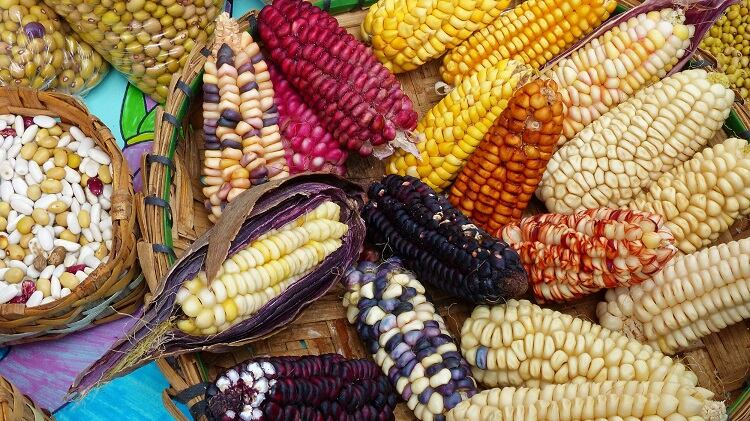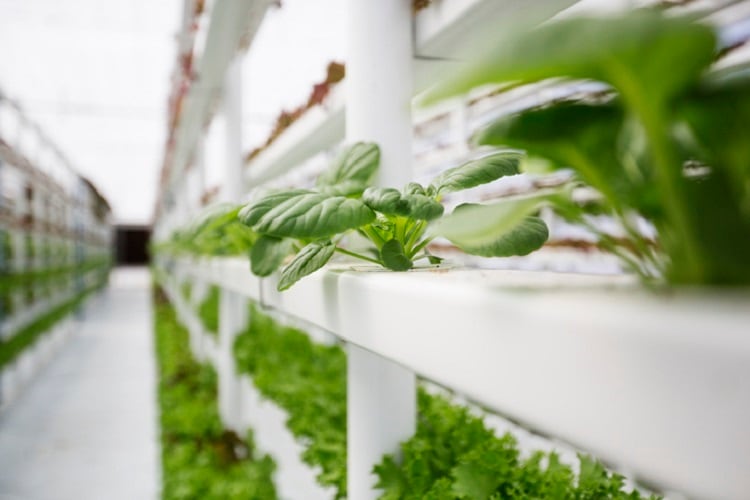Food production and consumption have revolutionised in recent decades, driven by globalisation. More centralised food systems mean that cultivation is efficient, diets are increasingly diversified and food availability continues to rise in various regions across the world.
As a result, today, most of the world’s populations reside in countries dependent on, at least in part, imported food.
These often lengthy supply chains have attracted significant attention of late, as the current coronavirus pandemic causes disruptions from farm to fork.
It is also this same distance – between the origin and end-point of food supply chains – that is a key factor when evaluating food sustainability.
However, with little known about the minimum distance to food crops, it is difficult to determine whether local food crop production is capable of fulfilling demand across the globe.
Researchers at Aalto University in Finland have sought to determine exactly what percentage of the population could be fed adequately on local crop production.
They focused on six key crop groups for human consumption: temperate cereals (wheat, barley, rye) rice, corn, tropical grains (millet, sorghum), tropical roots (cassava) and pulses.
Local production falls short on global scale
The study, conducted in collaboration with the University of California, the Australian National University and the University of Göttingen, used an optimisation model based on ‘foodsheds’. That is, self-sufficient areas with internal dependencies.
Using this model, the researchers calculated the potential minimum distance between food production and consumption.
The researchers found that 27% of the world’s population had access to temperate cereal grains within a radius of less than 100km. For tropical cereals, the proportion was 22%, 28% for rice and 27% for pulses. Concerning maize and tropical roots, the share was just 11-16%.
Overall, the findings revealed that local crop production (within a 100-km radius) is capable of feeding less than one-third (11-28%) of the population. For 26-64% of the population, that distance is greater than 1,000km.
Is local production best?
The ongoing COVID-19 crisis, which has seen global food chains disrupted, highlights the importance of local production.
Reverting to decentralised food systems would presumably yield environmental benefits, such as food waste reductions and fewer greenhouse gas emissions, however the researchers suggest that relying on purely domestic production comes with significant challenges.
Such dependence would be ‘problematic for many countries’, Aalto University doctoral student Pekka Kinnunen told FoodNavigator.
“Currently, 80% of the world’s population live in countries relying to some extent on imported food. Further, there are studies showing that food trade is essential to provide adequate access to nutrients.
“There would also be substantial losses in production efficiency if production was transferred to areas not suited to it – on a global level, food trade means more efficient use of resources.”
A food system relying solely on local production would be ‘exceedingly vulnerable’ to local disruptions, the researcher continued, such as loss of harvest due to drought.
Further, consumers tend to enjoy diverse diets including food items native to distant regions. “It is unlikely there would be a major change to that,” the researcher explained.
One potential change, however, could be a shift towards eating more ‘seasonally’ – where the inter-annual changes in diets would be more substantial.
And amid a global pandemic?
Given the potential long-term trade restrictions prompted by the coronavirus outbreak, Kinnunen agreed there are ‘major benefits’ combining diverse domestic production with a functioning trade system.
Current interruptions in food supply chains amid the crisis are foremost related to logistical challenges, he explained. These are associated with border closures and major quarantines, together with supply chain and trade disruptions.
“While local food supply plays a major role in reducing vulnerability, in the short term the food storage capacity is maybe more important, as food production is highly seasonal in many areas globally.”
Looking forward to the next six months, Kinnunen said movement restrictions for seasonal workers may hamper crop yields in various parts of Europe. And in the longer term, the potential pressure for various countries to increase their food reserves could well decrease the amount of food pushed into global markets.
Source: Nature Food
‘Local food crop production can fulfil demand for less than one-third of the population’
Published 17 April 2020
DOI: https://doi.org/10.1038/s43016-020-0060-7
Authors: Pekka Kinnunen, Joseph H. A. Guillaume, Maija Taka, Paolo D’Odorico, Stefan Siebert, Michael J. Puma, Mika Jalava, and Matti Kummu




